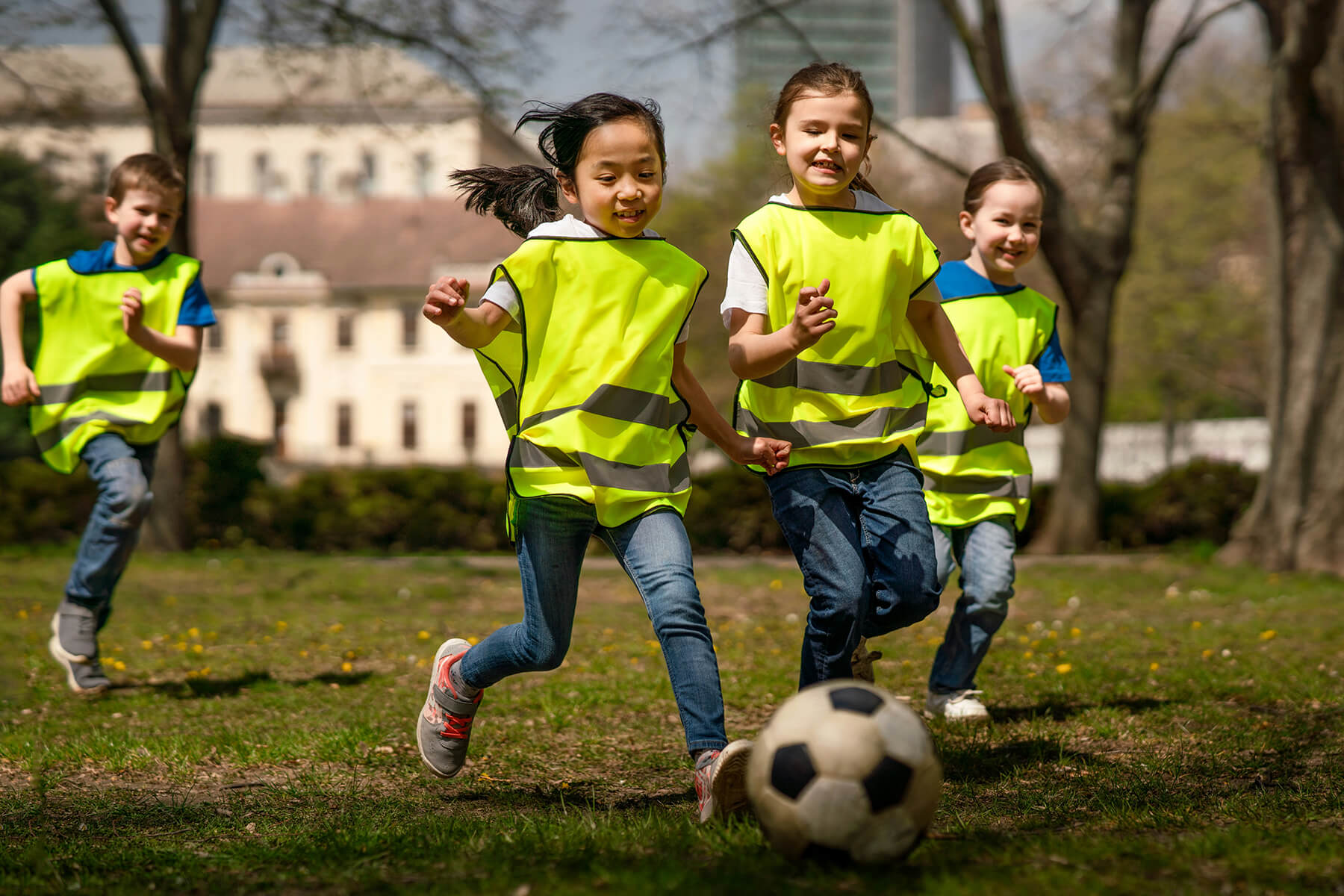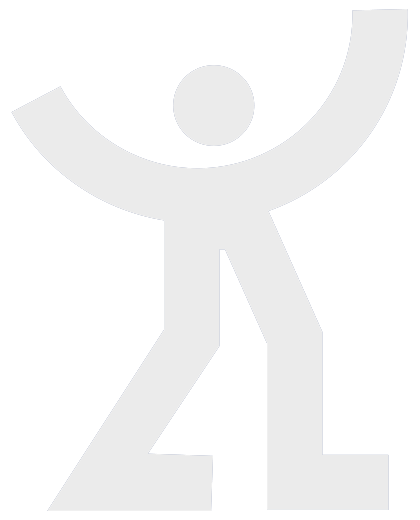
Smart Moves
We place a high value on sports in America. We jumped on that bandwagon as parents too, putting our children in pee wee sports at the age of four. Statistically, the odds of any student athlete playing collegiate sports is slim. If you have ever attended a pee wee basketball tournament, it is clear that many parents believe their child is that one in the less than 2% who will play a sport at a Division 1 school. Given the statistics, I often wonder what would happen if parents placed the same emphasis on academic achievement. But I digress.
As someone who felt like an athletic accident as a child, my hope and dream for each of my children was that they would be more coordinated and feel more confident playing sports; that they would fit into the mainstream ideal of what it means to be successful. Like most people, I assumed that the earlier we started, and the more opportunities we presented to our kids, the better they would be at sports.
For kids who have missed important early developmental milestones; however, this is like putting a four-year-old in a calculus class. That’s what the PQ Initiative is all about. As a society, we have to reframe our thinking about what is “normal” and what steps we, as parents and educators, need to take and at what ages, to ensure children will be competent and confident in moving their bodies. Whether they are playing sports or just walking down the hallway, the early movement experience kids have will determine how much control they have over their bodies. A sense of control, or self-agency, is critical for self-esteem and an overall sense of body awareness. When kids feel confident, they are more likely to want to move, try new activities and ultimately to stay active over their life span.
The national physical activity guidelines provide the rationale for early movement experiences. It is worth noting, however, that the guidelines for children begin at age three. As this website has emphasized, the most critical window for movement occurs before age three. The ability of a child to meet the physical activity recommendations set forth by our nation will be significantly determined by whether or not that child spent time on their stomach, rolling over or crawling enough to build the neurological foundation for coordinated movement after age three.
The PQ Initiative is about sounding the alarm to parents, educators and policymakers to prioritize a call for movement during the first three years of life. By ensuring that the foundations that influence body awareness, sensory processing, and motor planning are in place at a young age, children are more likely to successfully participate in more advanced physical skills later on. Not only that, but, these foundations significantly impact the child’s ability to process sensory information, organize thinking and movement patterns and feel more control over their body and their environment. When this happens, children are better equipped to pay attention, take in information through the ears and eyes, process that information in a more organized manner, and produce more controlled, more accurate responses to that information. Ultimately, this not only improves athletic performance but it also improves learning and behavior.
If you are a parent or caregiver, ensure your child is in an activity program that incorporates fundamental movement patterns. Consider activities like tumbling, kids’ yoga, dance, karate or other activities that involve cross-body and vestibular-strengthening movement patterns.
As educators, build these types of movement opportunities into your curriculum. Teachers often feel ill-equipped to teach movement if they, themselves, are not familiar with the activities or, as is often the case, if they do not feel comfortable moving their own bodies. Just as the children will benefit from novel, integrated movement patterns, so will you as an adult. Even though the prime window for brain building occurs by age three, it never closes. Our brains are always getting smarter or dumber. Movement throughout the life span is key to building and maintaining our brain function.
Join the Movement
updates, activities, and info.

